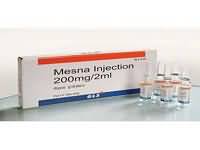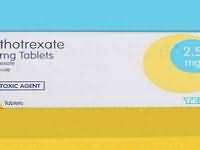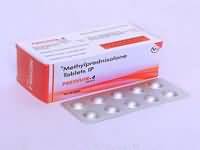hyoscine hydrobromide

hyoscine hydrobromide
CLINICAL USE
Motion sickness Premedication Palliative careDOSE IN NORMAL RENAL FUNCTION
Motion sickness: Oral: 300 mcg 30 minutes before start —of journey then 300 mcg every 6 hours if required; maximum 3 doses in 24 hoursTopical: 1 patch 5–6 hours before —journey, replace after 72 hoursPremedication (SC/IM): 200–600 mcg 30–60 minutes before anaesthesiaSC Infusions: Excessive secretions (patch can also be used for this indication): 0.6–2.4 mg over 24 hoursBowel colic: 20–60 mg over 24 hoursPHARMACOKINETICS
DOSE IN RENAL IMPAIRMENT
GFR (mL/MIN)
DOSE IN PATIENTS UNDERGOING RENAL REPLACEMENT THERAPIES
IMPORTANT DRUG INTERACTIONS
Potentially hazardous interactions with other drugsADMINISTRATION
Reconstition
–Route
Oral, topical, SC, IMRate of Administration
–Comments
–OTHER INFORMATION
Only 2–8% of oral dose is absorbed
See how to identify renal failure stages according to GFR calculation
See how to diagnose irreversible renal disease
Home








